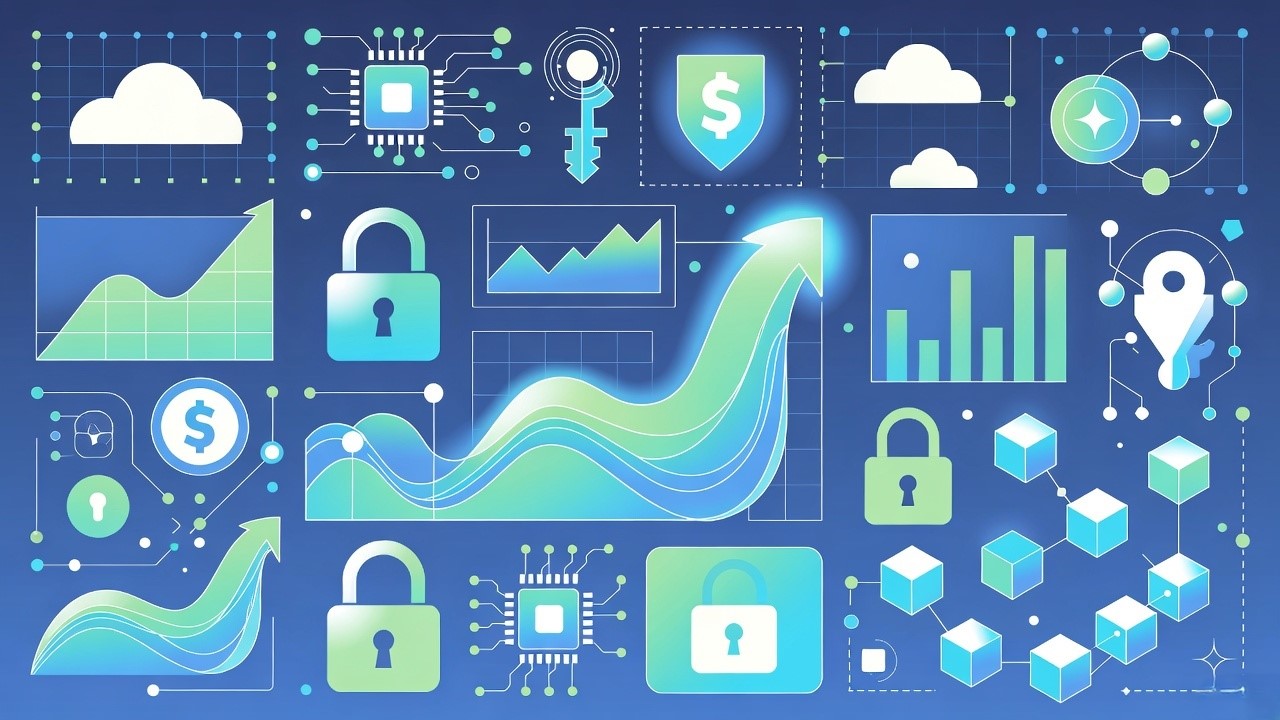Stay Updated
Subscribe Today
Oops! Something went wrong while submitting the form.
Explore Trends and Insights Shaping the Digital Future
Stay ahead with expert insights, emerging trends, and practical strategies driving digital innovation. Discover ideas that inspire growth and fuel transformation.
Blogs
Articles & Resources
Thank you! Your submission has been received!
Oops! Something went wrong while submitting the form.

Business
Business Process Consultant & Optimization Expert
Work with a business process consultant to streamline workflows, cut costs, and improve operational efficiency.
Business
Accelerated Development

App Development
Offshore Software Development for Global Businesses
Reduce costs without compromise using offshore software development backed by proven processes and expert teams.
App Development
Accelerated Development

App Development
Fin ERP Software Development for Enterprises | 2026 Guide
Build custom fin ERP software development solutions for streamlined financial management and reporting.
App Development
Accelerated Development

App Development
Financial Advisor Tools for Smarter Planning
Use financial advisor tools to improve decision-making, optimize portfolios, and strengthen client relationships.
App Development
Accelerated Development

App Development
Enterprise Level Software Development with Advanced Security
Future-proof your business with enterprise level software development that supports high performance and scalability.
App Development
Accelerated Development

App Development
Fintech Software Development for Modern Finance
Drive innovation with fintech software development tailored for payments, lending, banking, and digital finance solutions.
App Development
Accelerated Development
No Blogs Found!
















